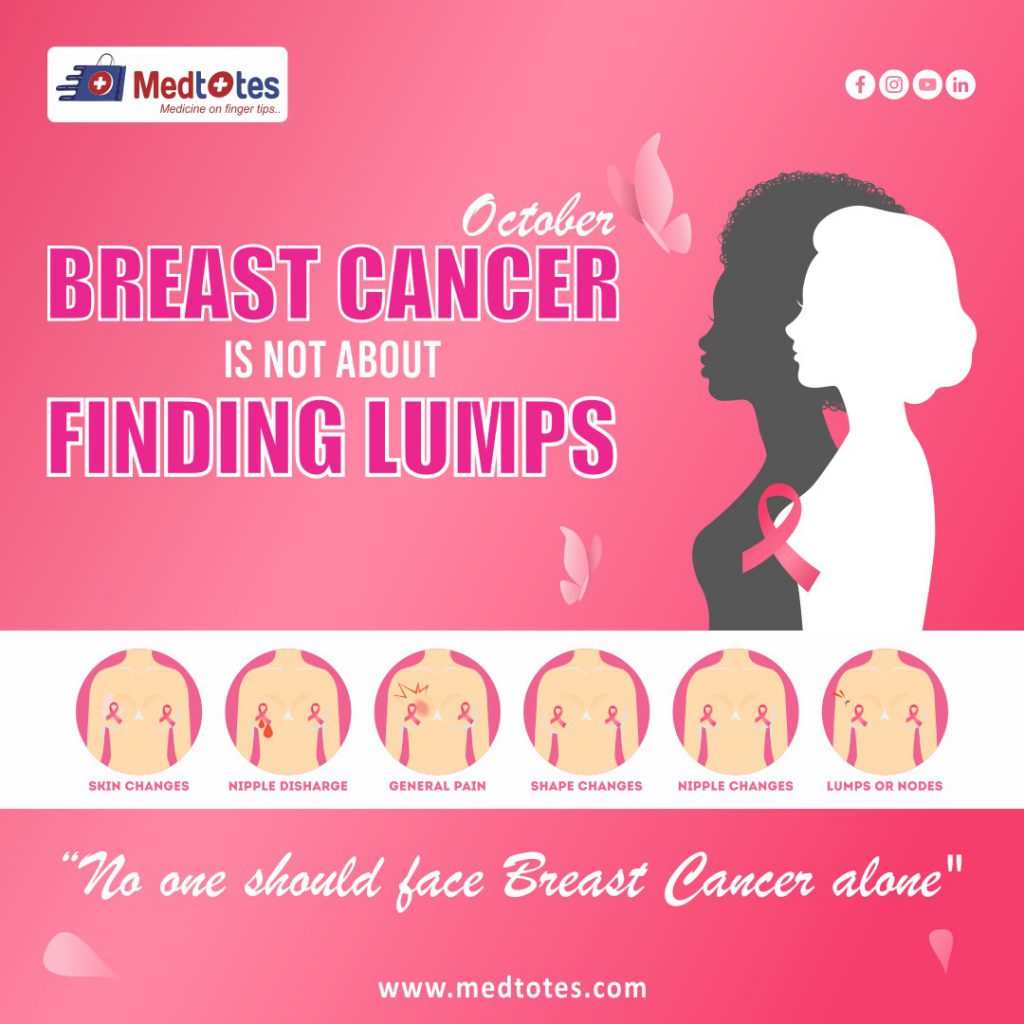Breast cancer awareness: The power of prevention, early detection, and support
Breast cancer is one of the most common cancers worldwide, affecting millions of people every year, mostly women. Increasing breast cancer awareness is important, not only to reduce stigma but also to promote preventive measures, early detection, and supportive care. Knowledge is power, and education can empower individuals to take proactive steps in managing their health and potentially saving lives.

Understanding Breast Cancer
Breast cancer begins in the cells of the breast, usually in the lobules (glands) or ducts (milk glands). When abnormal cells grow and divide uncontrollably, they can form tumors. The initial tumor may be localized, but if left untreated, the cancer can spread to surrounding tissues and other parts, making it life-threatening.
Key Risk Factors
Breast cancer can affect anyone, but certain factors increase the risk. These include:
- Gender: Women are at greater risk than men.
- Age: Risk increases with age, especially after 40 years.
- Family history: Those with a close relative diagnosed with breast cancer may be at higher risk.
- Genes: Mutations in genes such as BRCA1 and BRCA2 increase breast cancer risk.
- Lifestyle: Obesity, excessive alcohol consumption, lack of exercise, and hormone replacement therapy can be risky.
While these factors can increase risk, individuals who lack any of them are still more likely to develop breast cancer. That is why discernment and vigilance are important.
Signs and symptoms
Familiarity with the normal appearance and shape of the breast for early diagnosis. Possible symptoms of breast cancer include:
- lumps or hardness in the breast or in the lower part of it
- Changes in the size, shape or appearance of the breast
- Nipple discharge after breastfeeding
- Redness or cracking of the skin on the breast
- Pain in the breast that does not go away
Remember that not all warts are cancerous, but any unusual changes warrant further evaluation by a health care professional.
The importance of early detection
Early detection is essential to improve the chances of a cure. Here are the basic testing methods:
- Self-exam: Regular breast exams help you understand the usual shape and feel of your breasts, so you can spot changes early. The best time for a self-examination is a few days after your period ends, as the breasts are less likely to be swollen or tender.
- Clinical mammograms: These are performed by health professionals and are an important part of routine health checks, especially for women over 40 years of age.
- Mammogram: A mammogram is a low-dose x-ray that can detect abnormalities before physical symptoms even appear. For women 40 and older, mammograms should generally be done every two years.
- Genetic testing: For those with a family history of breast cancer, genetic testing can identify mutations in the BRCA1 or BRCA2 genes, enabling informed decision-making.
Conclusion
It is a time to educate yourself and others, support your loved ones, and help fight breast cancer. Encourage others to learn about the risks and symptoms of breast cancer, schedule regular checkups, and make health-promoting lifestyle choices. Together we will spread awareness, help each other, and bring hope to millions of people around the world.
